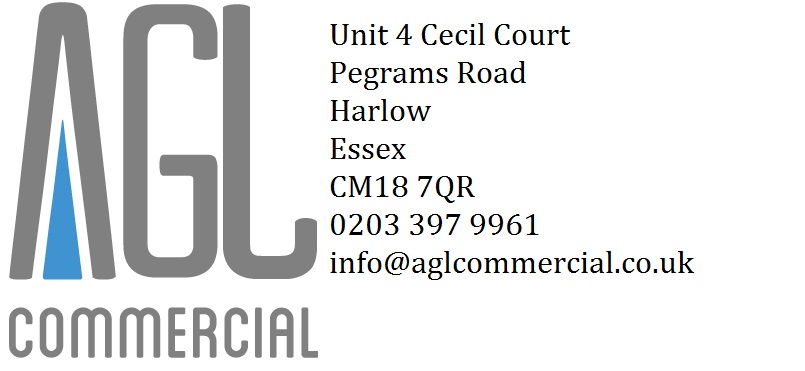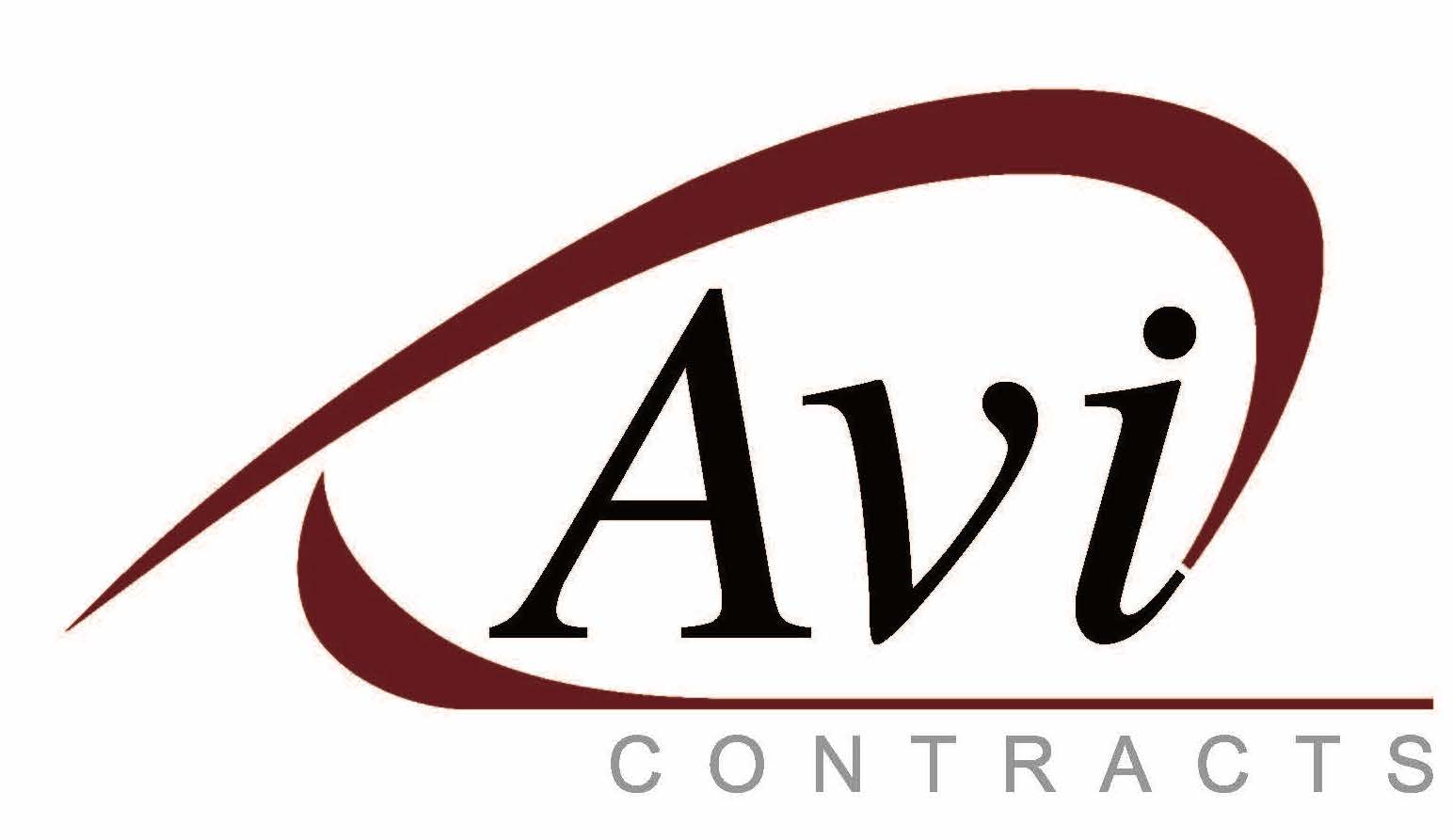Title Page
-
Conducted on
-
Prepared by
Construction Work
-
Below is a non-exhaustive list of critical activity that ought to continue for issues of public safety:
1. Make good unsafe buildings/dangerous structures –District Surveyors
need powers to instruct emergency work to be done to make them safe if
any occur – and a hastily abandoned site might just lead to a dangerous
structure occurring.
2. Structural inspections for subsidence / movement to determine risk
3. Structural and roofing problems, loose tiles/chimney stacks, weathering
4. All general building control work (both LABC and AIs) for nationally important buildings / facilities, e.g. NHS estate, GPs, etc.
5. Drainage works / maintenance etc – important to avoid any increased public health problems in this respect
6. Fire safety inspections
7. Requirement for maintenance of fire protection systems and equipment to meet Fire Safety legislation – even if buildings are not occupied.
8. Ongoing need for Fire risk assessments, both to meet legislation and new circumstances in buildings.
9. Remedial work required to remove unsafe ACM cladding etc.
10. Glazing replacement
11. Locksmithing / lock replacement
12. Gas safety work/ Suspected gas leaks
13. Electrical safety work/ Electrical failures
14. Flood remediation (especially to homes hit by recent floods)
15. Plumbing and heating failures including loss of heating/condensation problems/hot water services
16. Emergency Leaking/ flooding
17. Health risks associated with blocked drainage/sewerage systems
18. Water companies – remedial / emergency work to buildings and assets that are crucial to the supply of clean water,
19. New or business/safety critical maintenance work on establishments which are involved in supply chain of vital NHS equipment (for example where manufacturers are building units to make ventilators),
20. Factories that are making anything required to combat the virus (e.g. a new hand sanitiser factory is under construction);
21. Food supply chain – essential new builds or maintenance on existing buildings
22. Extra warehouse space for food distribution by online platforms (to cope with massively increased demand)
23. New or business/safety critical maintenance work on establishments which are involved in supply of medicines,
24. Essential maintenance on morgues, funeral parlours, and crematoriums
25. Essential maintenance and remediation across the health sector
26. Installation/maintenance technicians providing services to key sectors – health, power etc?
27. Emergency callouts, safety checks and essential work in care homes?
28. Ongoing supervision and security measures.
29. Sites where anti-terrorism considerations need to take precedence over other concerns – eg Palace of Westminster.
30. Urgent works on emergency service properties other than health - police, fire, for example?
31. Unsafe infrastructure – if a lorry strikes a bridge during the shutdown, for example, then work may be needed to make safe the affected structure.
32. Bridge inspection and maintenance
33. Dam inspection and maintenance
34. Maintaining key national infrastructure: power stations and grid, motorways, railways, utilities etc.
35. Repair and maintenance of telecommunications, energy waste and water – these are vital to work from home
36. R&D facilities, where related to vaccine development or virus treatment
37. Work on factories that make materials that are vital to all elements on this list
There may be other safety-critical work that needs to be added to this list.
However, it is also clear that much construction work is NOT essential – such as office accommodation, leisure facilities, for example. -
Is the construction work 'Critical' work as defined in one of the categories above?
-
This construction site MUST not be operated and remain closed .
This assessment cannot be completed.
Introduction
-
If a site is not consistently implementing the measures set out in the following sections, it should be required to shut down
Self-Isolation
-
Anyone who meets one of the following criteria should not come to site:
-
Has a high temperature or a new persistent cough - follow the guidance on self-isolation
-
This person MUST stay away from the site and self-isolate for at least 2 weeks.
-
Name of person
-
Is a vulnerable person (by virtue of their age, underlying health condition, clinical condition or are pregnant)
-
This person MUST stay away from the site and self-isolate for 12 weeks.
-
Name of this person
-
Is living with someone in self-isolation or a vulnerable person
-
This person MUST leave the site and self-isolate for 2 weeks.
-
Name of this person
Procedure if Someone Falls Ill
-
Check this box for the 'Procedure if someone falls ill'
-
If a worker develops a high temperature or a persistent cough while at work, they should:
-
Return home immediately,
-
Avoid touching anything,
-
Cough or sneeze into a tissue and put it in a bin, or if they do not have tissues, cough and sneeze into the crook of their elbow.
-
They then must follow the guidance on self-isolation and not return to work until their isolation period has been completed.
Travel to Site
-
Wherever possible workers should travel to site alone using their own transport and sites need to consider:
Providing hand cleaning facilities at entrances and exits. This should be soap and water wherever possible or hand sanitiser if water is not available.
How someone taken ill would get home. -
Parking arrangements for additional cars and bicycles
-
Other means of transport to avoid public transport e.g. cycling
Site Access Points
-
Stop all non-essential visitors
-
Introduce staggered start and finish times to reduce congestion and contact at all times
-
Monitor site access points to enable social distancing – you may need to change the number of access points, either increase to reduce congestion or decrease to enable monitoring.
-
Remove or disable entry systems that require skin contact e.g. fingerprint scanners
-
Require all workers to wash or clean their hands before entering or leaving the site
-
Allow plenty of space (two metres) between people waiting to enter site
-
Regularly clean common contact surfaces in reception, office, access control and delivery areas e.g scanners, turnstiles, screens, telephone handsets, desks, particularly during peak flow times
-
Reduce the number of people in attendance at site inductions and consider holding them outdoors wherever possible
-
Drivers should remain in their vehicles if the load will allow it and must wash or clean their hands before unloading goods and materials
Hand Washing
-
Provide additional hand washing facilities to the usual welfare facilities if a large spread out site or significant numbers of personnel on site numbers of personnel on site
-
Ensure soap and fresh water is readily available and kept topped up at all times
-
Provide hand sanitiser where hand washing facilities are unavailable
-
Regularly clean the hand washing facilities and check soap and sanitiser levels
-
Provide suitable and sufficient rubbish bins for hand towels with regular removal and disposal
Toilet Facilities
-
Restrict the number of people using toilet facilities at any one time e.g. use a welfare attendant
-
Are hands being washed before and after using the facilities
-
Are there enhance the cleaning regimes for toilet facilities particularly door handles, locks and the toilet flush
-
Portable/Mobile toilets should be avoided wherever possible, but where in use these should be cleaned and emptied more frequently
-
Are suitable and sufficient rubbish bins for hand towels with regular removal and disposal provided
Canteens and Eating Arrangements
-
With cafés and restaurants having been closed across the UK, canteens cannot operate as normal
The workforce should also be required to stay on site once they have entered it and not use local shops -
Are dedicated eating areas should be identified on site to reduce food waste and contamination
-
Are break times being staggered to reduce congestion and contact at all times
-
Are Hand cleaning facilities or hand sanitiser available at the entrance of any room where people eat
-
Are they being used by workers when entering and leaving the area
-
You MUST ensure all workers are using the hand cleaning facilities.
-
Has the workforce been asked to bring pre-prepared meals and refillable drinking bottles from home
-
Can Workers sit 2 metres apart from each other whilst eating and avoid all contact
-
Where catering is provided on site, it should provide pre-prepared and wrapped food only
-
Payments should be taken by contactless card wherever possible
-
Crockery, eating utensils, cups etc should not be used
-
Drinking water should be provided with enhanced cleaning measures of the tap mechanism introduced
-
Tables should be cleaned between each use
-
All rubbish should be put straight in the bin and not left for someone else to clear up
-
All areas used for eating must be thoroughly cleaned at the end of each break and shift, including chairs, door handles, vending machines and payment devices
Changing Facilities, Showers and Drying Rooms
-
Introduce staggered start and finish times to reduce congestion and contact at all times
-
Introduce enhanced cleaning of all facilities throughout the day and at the end of each day
-
Consider increasing the number or size of facilities available on site if possible
-
Have you based on the size of each facility, determine how many people can use it at any one time to maintain a distance of two metres
-
How many?
-
You must assess how many persons can use the facility keeping 2m apart.
-
Provide suitable and sufficient rubbish bins in these areas with regular removal and disposal
Avoid Close working - General Principles
-
There will be situations where it is not possible or safe for workers to distance themselves from each other by 2 metres
-
Non-essential physical work that requires close contact between workers should not be carried out
-
Work requiring skin to skin contact should not be carried out
-
Have you Planed all other work to minimise contact between workers
-
Re-usable PPE should be thoroughly cleaned after use and not shared between workers
-
Single use PPE should be disposed of so that it cannot be reused
-
Stairs should be used in preference to lifts or hoists
-
Where lifts or hoists must be used: Lower their capacity to reduce congestion and contact at all times
-
Regularly clean touchpoints, doors, buttons etc
-
Increase ventilation in enclosed spaces
-
Regularly clean the inside of vehicle cabs and between use by different operators
Site Meetings
-
Only absolutely necessary meeting participants should attend
-
Attendees should be two metres apart from each other
-
Rooms should be well ventilated / windows opened to allow fresh air circulation
-
Consider holding meetings in open areas where possible
-
Hold client/design team meeting using video conferencing facilities e.g. Facetime, Zoom, Microsoft Teams, Google Hangouts, Whats App etc.
Cleaning
-
Enhanced cleaning procedures should be in place across the site, particularly in communal areas and at touch points including:
-
Taps and washing facilities
-
Toilet flush and seats
-
Door handles and push plates
-
Hand rails on staircases and corridors
-
Lift and hoist controls
-
Food preparation and eating surfaces
-
Telephone equipment
-
Key boards, photocopiers and other office equipment
-
Rubbish collection and storage points should be increased and emptied regularly throughout and at the end of each day
Sign Off
-
Additional Comments
-
Assessment of Risk
0-80% RED 81-94% AMBER 95-100% GREEN -
Select assessment risk rating.
-
Assessment Completed By
-
Date & Time
Review
-
Date this assessment will be reviewed.












